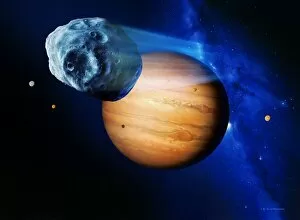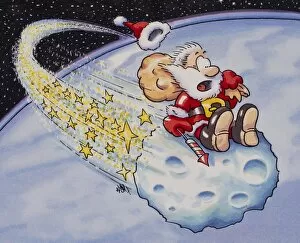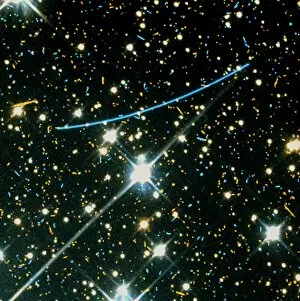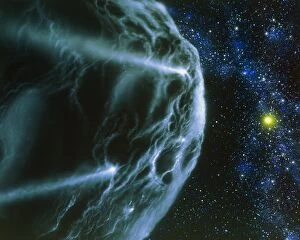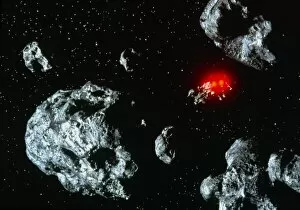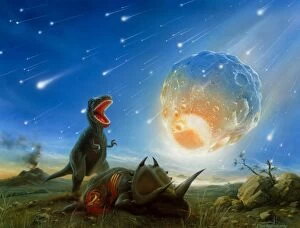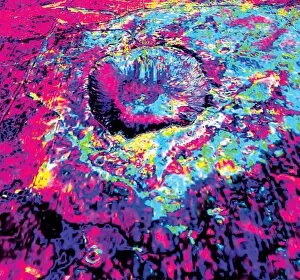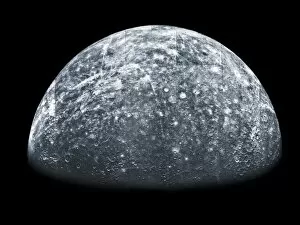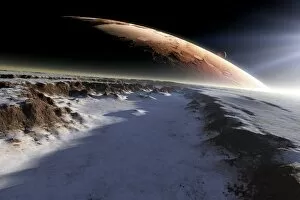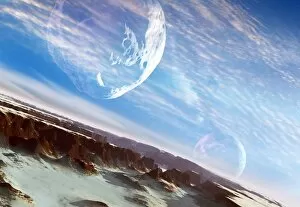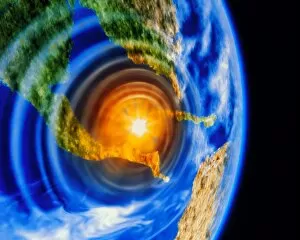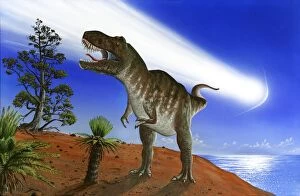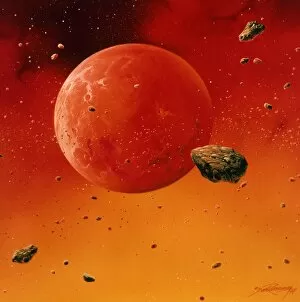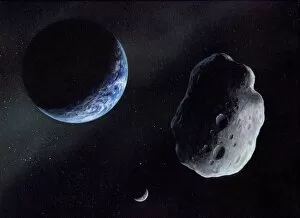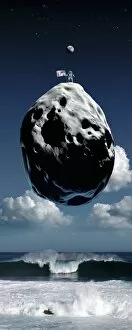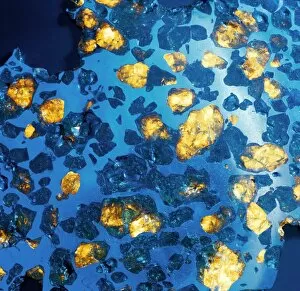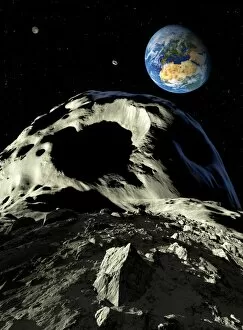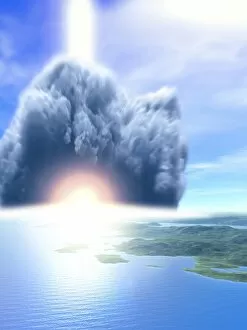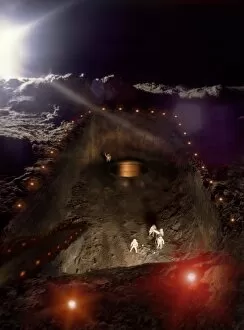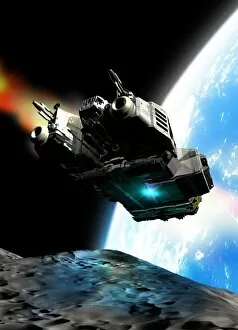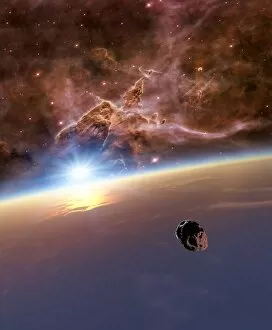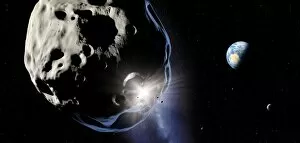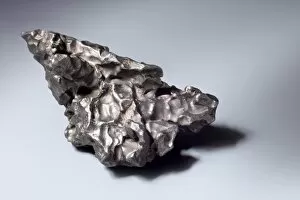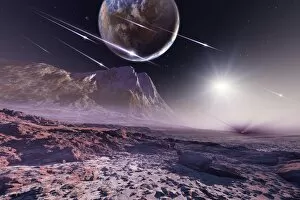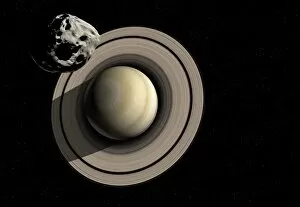Asteroid Collection (#9)
"Asteroid: Exploring the Mysteries of our Solar System Through Artwork" Delve into the captivating world of asteroids
For sale as Licensed Images
Choose your image, Select your licence and Download the media
"Asteroid: Exploring the Mysteries of our Solar System Through Artwork" Delve into the captivating world of asteroids, celestial bodies that have fascinated humanity for centuries. From ancient depictions to modern scientific discoveries, these enigmatic objects hold a wealth of knowledge about our Solar System. In 1823, C017 / 8061 unveiled stunning artwork showcasing the intricate epicycles of Mercury and Venus, shedding light on their orbits within our cosmic neighborhood. This masterpiece paved the way for further exploration and understanding. Throughout history, great minds like Ptolemy, Copernicus, and Tycho presented contrasting models – Geocentric and Heliocentric – shaping our perception of the Solar System's arrangement. Their theories ignited debates that continue to shape astronomical research today. The mesmerizing meteor shower over Mississippi River in 1833 left observers awestruck as countless shooting stars painted the night sky with their ethereal glow. A reminder of nature's grandeur and its ability to captivate us all. Comprising various planets such as Earth, Mars, Jupiter, Saturn among others; each planet plays a unique role in maintaining balance within this vast cosmic dance orchestrated by gravity's invisible hand. Witness Chiron passing near Saturn - an extraordinary event where two celestial bodies momentarily converge in space - reminding us how interconnected everything is within our galactic home. Earth and Moon share their orbit with dwarf planets like Pluto and Eris - tiny yet significant entities that add depth to our understanding of planetary systems beyond traditional boundaries. Even humor found its place amidst scientific discussions when Punch magazine featured a whimsical cartoon depicting dinosaurs encountering a comet in 1861. An amusing take on astronomy capturing society's fascination with both science and entertainment during those times. Venturing further into space reveals an asteroid belt encircling Vega – a bright star illuminating distant corners of our galaxy. These rocky remnants offer insights into planetary formation processes still shrouded in mystery.

